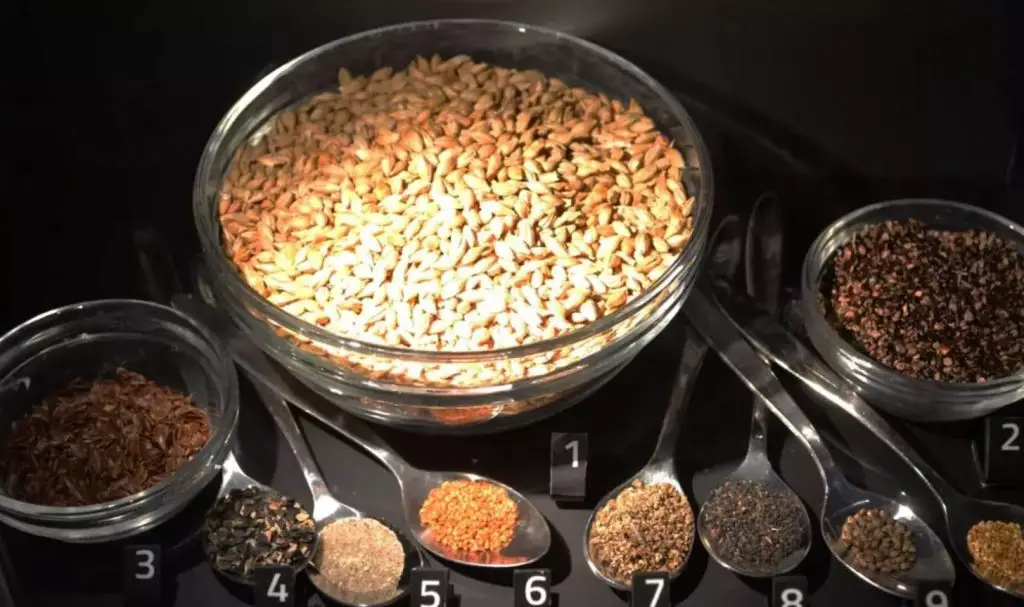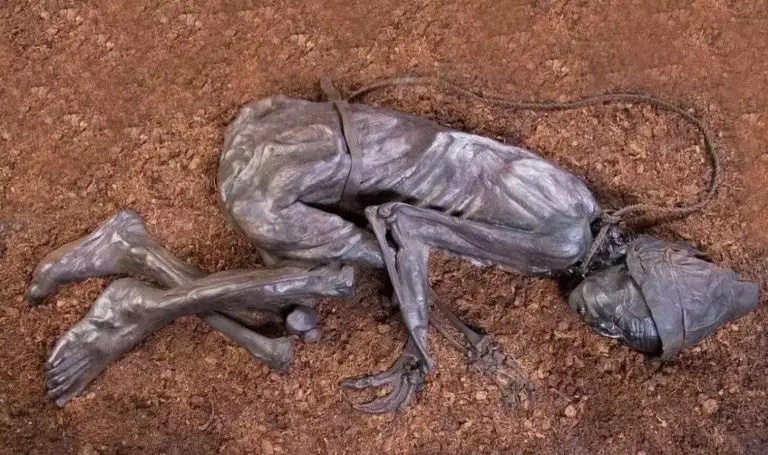In 1950, peat cutters in Denmark discovered the remarkably well-preserved body of a man, now known as Tollund Man, in a bog near Silkeborg. Initially thought to be a recent murder victim due to his preservation, radiocarbon dating revealed that Tollund Man lived during the early Iron Age around the fifth century BC. His body, preserved by the peat bog’s acidity, showed he had been hanged, leading to theories that he was a sacrificial victim.
A 2021 re-analysis of Tollund Man’s stomach contents, led by Nina H. Nielsen from Denmark’s Silkeborg Museum, provided a detailed look into his final meal. Published by Cambridge University Press, the study is the most comprehensive gut analysis of a bog body ever conducted. It revealed that Tollund Man’s last meal, consumed 12-24 hours before his death, included a porridge made from barley, wild buckwheat, and flax, along with some fish. Additionally, evidence of intestinal worms was found, indicating he was infected with parasites.

The presence of pale persicaria seeds in his stomach, usually removed as threshing waste, suggests possible ritualistic practices related to his death. This finding supports the theory that Tollund Man might have been a sacrificial victim. The study underscores how advancing technology can provide new insights into ancient lives and practices, contributing to a deeper understanding of life and death in the Danish Early Iron Age.
The re-analysis of Tollund Man’s stomach contents not only offers a glimpse into the diet of people from the Iron Age but also highlights the potential ritualistic aspects of his final meal, enhancing our understanding of ancient sacrificial practices.




